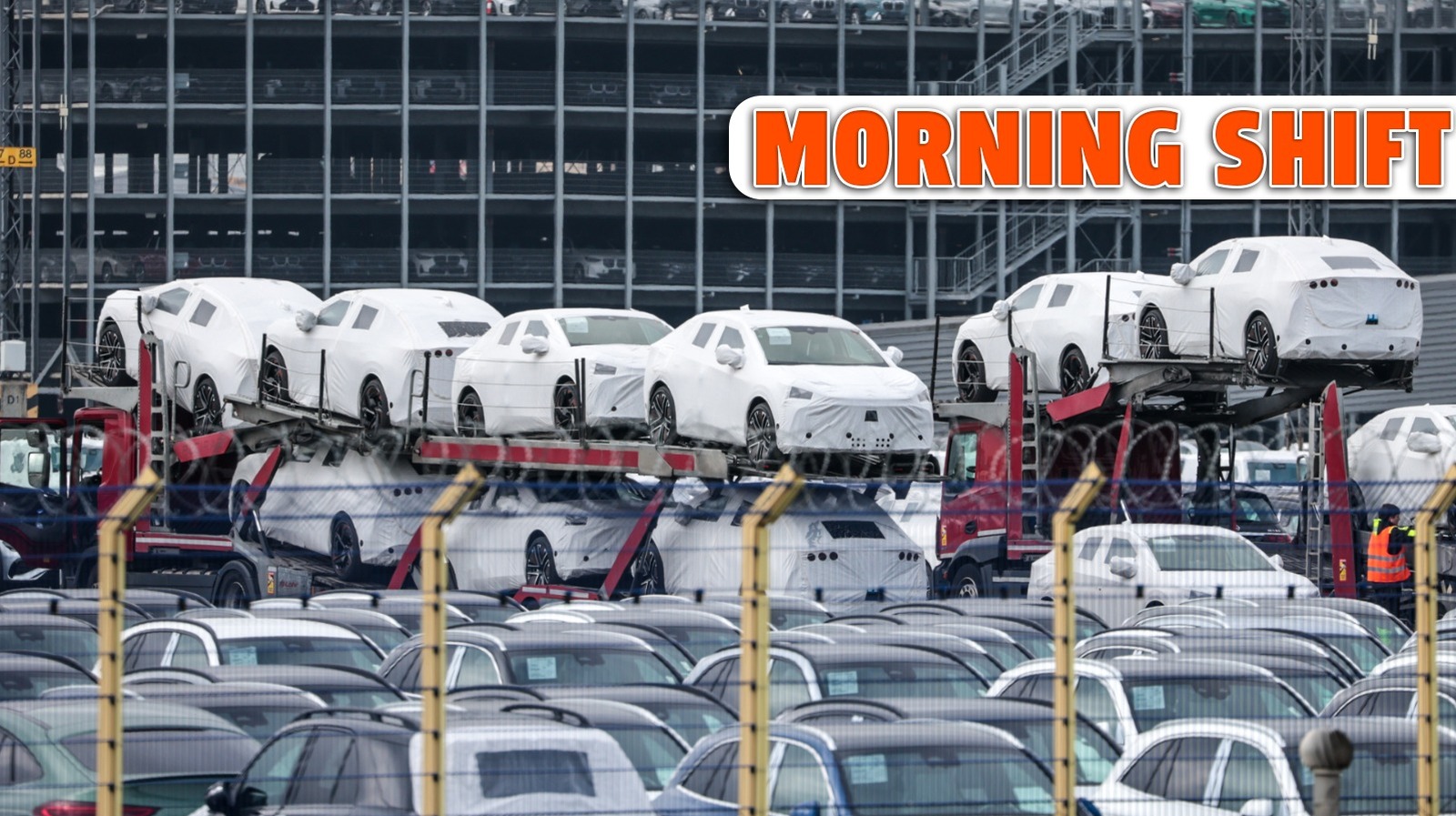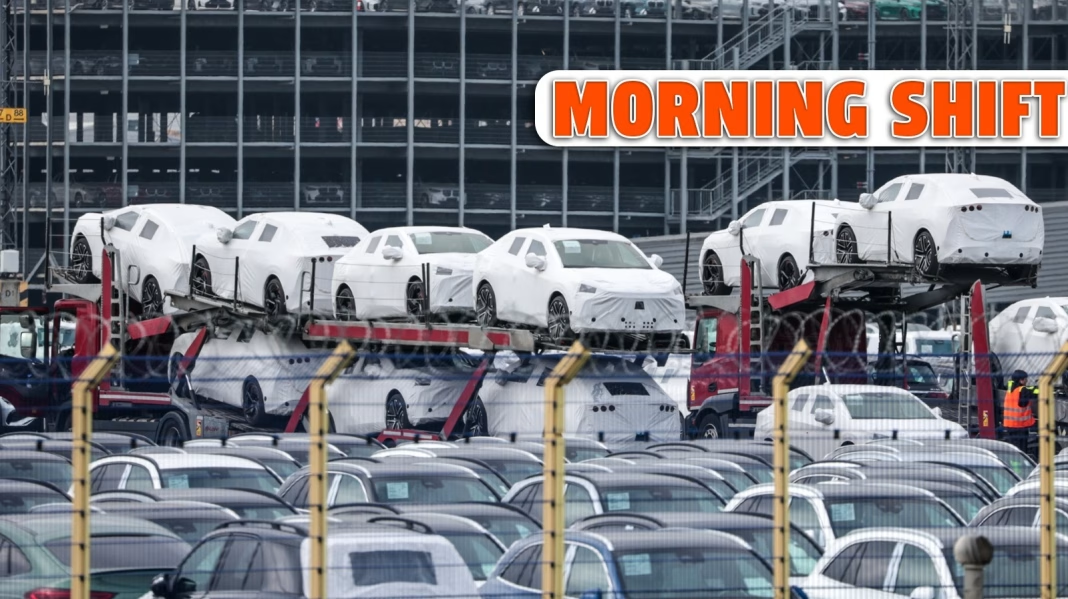Auto tariffs are creating quite a stir in the automotive industry, and it’s not just about the numbers on the balance sheets. With many car manufacturers grappling with uncertain futures and the sluggish transition to electric vehicles (EVs), it’s a confusing time for both companies and consumers alike. Let’s dive into what’s really happening and what it means for the road ahead.
What’s the Deal with Doubling-Dipping on Tariffs?
Recently, there’s been talk about the government’s approach to auto tariffs, particularly regarding imports. The term “doubling-dipping” refers to the potential for manufacturers to face multiple layers of tariffs on the same vehicles or parts. This can happen when tariffs are imposed on both the country of origin and the specific components used in the manufacturing process. For automakers, this translates to higher costs, which can trickle down to consumers in the form of increased vehicle prices.
The implications are significant. Higher tariffs could discourage foreign manufacturers from entering the U.S. market or push existing companies to rethink their production strategies. Some might even consider relocating their manufacturing bases to avoid these tariffs altogether. It’s a complex web that could reshape the automotive landscape, leading to fewer choices for consumers and potentially stalling innovation.
Why Are Car Companies Feeling Uncertain?
Amidst the tariff chaos, many car companies are openly admitting to a sense of uncertainty about their futures. This isn’t just a passing concern; it’s a fundamental shift in how these companies operate. The automotive industry is traditionally known for its stability, but with rising costs, changing consumer preferences, and the urgent need to pivot towards EVs, many manufacturers are feeling the pressure.
Take Ford, for example. The company has made headlines with its ambitious plans for electric vehicles, but it’s also facing challenges in meeting production targets and consumer demand. Other manufacturers are in similar boats, grappling with supply chain issues and the need to invest heavily in new technologies. As a result, we’re seeing a mix of optimism and caution, with companies unsure of how to navigate this rapidly evolving landscape.
What’s Slowing Down the EV Transition?
The transition to electric vehicles is often hailed as the future of transportation, but the reality is more complicated. While many consumers are eager to embrace EVs, several factors are slowing down this shift. First and foremost, the availability of charging infrastructure remains a significant barrier. Many potential buyers are hesitant to invest in an EV if they’re unsure about where they can charge it, especially on long trips.
Additionally, the cost of EVs can be a sticking point. While prices have been gradually decreasing, many consumers still find electric vehicles to be more expensive than their gasoline counterparts. This is where government incentives and subsidies can play a crucial role, but uncertainty around tariffs and regulations can complicate these efforts.
Real-World Impact: What Does This Mean for Consumers?
So, what does all this mean for you, the consumer? If you’re in the market for a new vehicle, it’s essential to stay informed about these developments. Higher tariffs could lead to increased prices for both gasoline and electric vehicles. If you’re considering an EV, keep an eye on local charging infrastructure and any available incentives that could make the switch more appealing.
Moreover, understanding the uncertainties facing automakers can help you make more informed decisions. If a particular brand is struggling with production or supply chain issues, it might be worth considering alternatives.
Navigating the automotive landscape today requires a bit of savvy. The industry is in flux, and while it can be daunting, it also presents opportunities for those willing to adapt.
The big takeaway? The automotive industry isn’t about perfection—it’s about smarter adjustments. Start with one change this week, whether it’s researching EV options or exploring local incentives, and you’ll likely spot the difference by month’s end.


